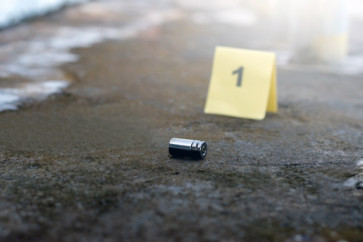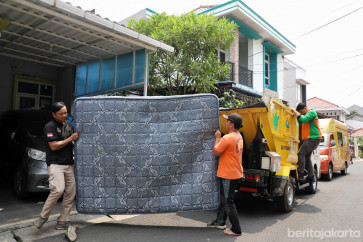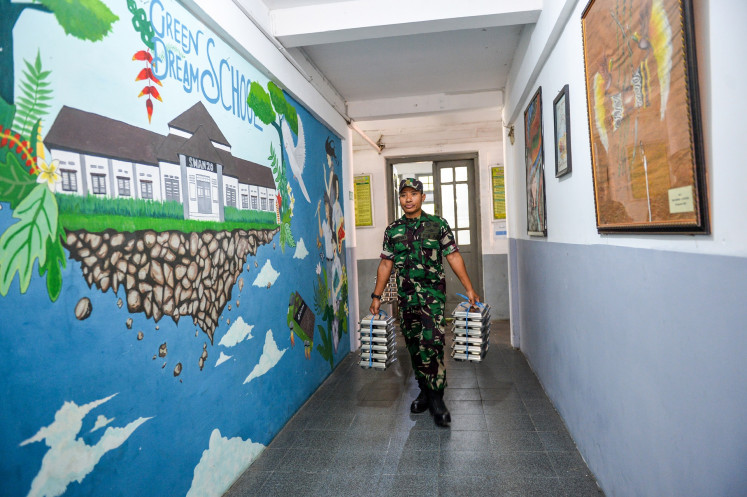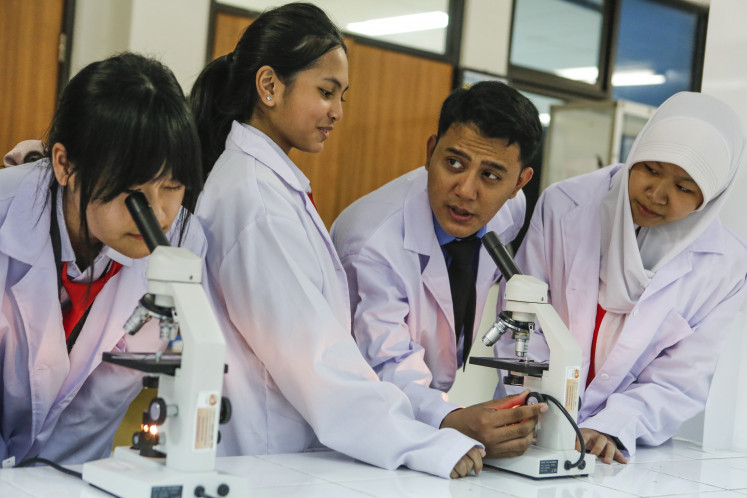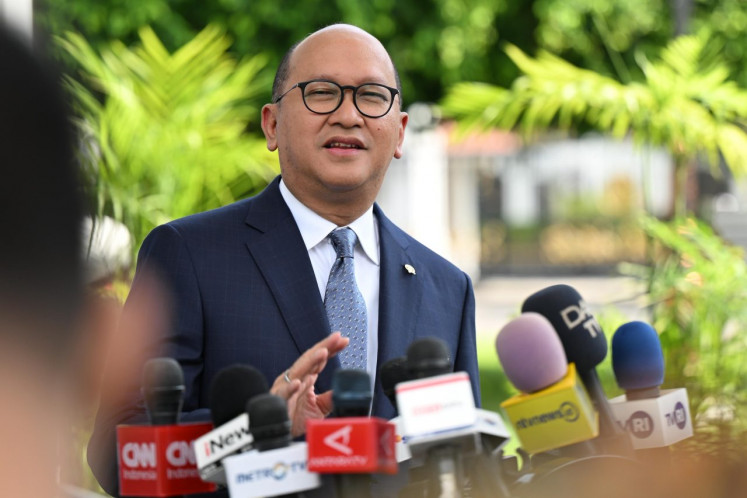Popular Reads
Top Results
Can't find what you're looking for?
View all search resultsPopular Reads
Top Results
Can't find what you're looking for?
View all search resultsArtifact theft exposes weak security system in museums
The recent theft of four ancient artifacts at the National Museum in Jakarta in Central Jakarta has exposed the weak security in the countryâs museums, prompting calls for the government to conduct an overhaul to protect national treasures
Change text size
Gift Premium Articles
to Anyone
T
he recent theft of four ancient artifacts at the National Museum in Jakarta in Central Jakarta has exposed the weak security in the country's museums, prompting calls for the government to conduct an overhaul to protect national treasures.
Wiendu Nuryanti, Deputy Minister for Culture from the Education and Culture Ministry, acknowledged that museum security in Indonesia was outdated. 'Our museum security is weak. We will invest more to improve this,' she told The Jakarta Post on Friday.
According to the Jakarta Police, the close circuit television (CCTV) cameras installed in the National Museum had been broken since November 2012 while its alarm system had been broken for already two months.
The police questioned 38 museum employees, including 12 security officers, 15 archaeologists, some alarm and CCTV technicians as well as the head of the museum, Jakarta Police spokesman Sr. Comr. Rikwanto said. The police also took their fingerprints.
Four precious golden artifacts from the ancient Mataram period ' a dragon-shaped plaque, a scripted crescent-shaped plaque and one Harihara plaque, as well as a small golden box ' went missing from the National Museum on Wednesday night.
The latest burglary has raised historians concerns about the safety of the country's tangible heritage as the government has failed to improve museums' security systems, which they admitted had been outdated for years.
'Indonesia has lost many of its precious artifacts over the years, but we still haven't improved our security systems,' Nunus Supardi of the Indonesian Museums Association said.
Nunus, who is also the former director of archeology at the Education and Culture Ministry, said that Indonesia's museum collections were hunted by international collectors for their cultural and monetary values.
'That's why the government needs to think thoroughly about how it can protect our valuable collections.'
Nunus added that the government had improved its security measures after a heist took place at the National Museum's ceramics exhibit back in the 1990s.
'At that time, we added CCTV to our security system,' he said, adding that since then, the technology of the system had not been updated.
Nunus said that the government could learn from Australia, which protected its historical collections by building an integrated security system inside museums. 'They built a system that connects a body movement detector to automatic safety doors, which closes and sets off an alarm when visitors get too close to objects,'
he said.
Cultural Heritage Advocacy Society coordinator Johannes Marbun said the government should learn from its mistakes. 'Some of the stolen collections have not been found till now,' he said, citing theft that took place at Sonobudoyo Museum in Yogyakarta in 2010, Radya Pustaka Museum in Surakarta and Keraton Kasepuhan Museum in Cirebon in 2011.
Wiendu said her ministry had allocated Rp 60 billion (US$5.2 million) from the 2013 state budget to revamp the National Museum. The revamp program included improving the security system, she said.
'Before the burglary occurred, the government had already planned to improve the security system as part of the National Museum program. However, the burglary took place before the project had a chance to be implemented,' she said.
Besides the National Museum, the government also planned to revitalize some top Indonesian museums, including Sonobudoyo Museum, Proklamasi Museum and Perjuangan Museum, she added. (tam/ian)


